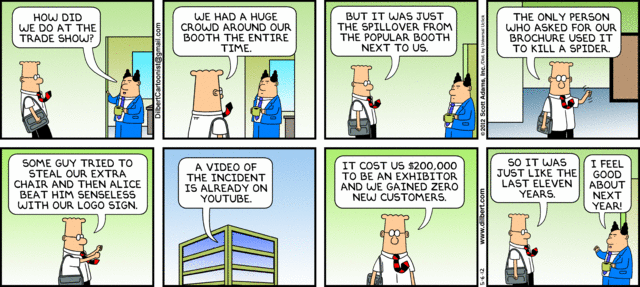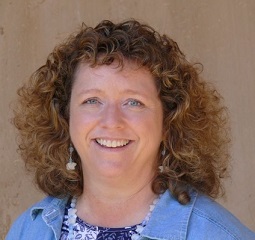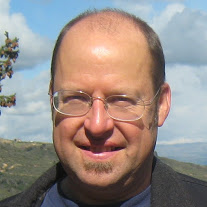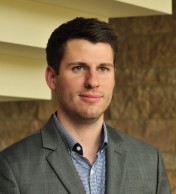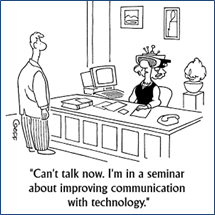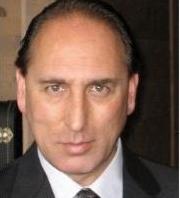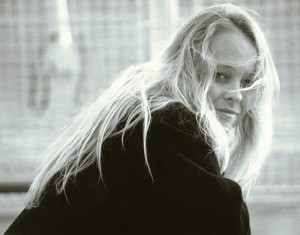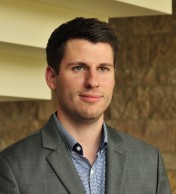Lets face it many gifted, creative, exceptional people generally have issues with authority. The act of innovation, generally requires one to take a stance that rejects the way things are, in favor of the way things could be. Do you see this pattern in yourself? Many of our greatest founders are dropouts. In a conversation, I had with Craig Venter the father of the Human Genome Project, he told me he had to quit working for the NIH ,where he was unable to get adequate support for the project to proceed and was forced to become an entrepreneur. I asked him if great change or breakthroughs ever came from within giant organizations, and he said something like “Never, you have to drop out of the mainstream to make anything big happen”. He was of course spectacularly successful and listed on Time magazine’s 2007 and 2008 Time 100 list of the most influential people in the world. In 2010, the British magazine New Statesman listed Craig Venter at 14th in the list of The World’s 50 Most Influential Figures 2010.
We all know stories like this including Apple, Google and FaceBook to name a few of the smaller companies on the planet. Of course there are probably 10,000 failures for each of these successes. Dropping out is certainly no guarantee of getting anywhere and usually does not. But if you have a great idea, perform due diligence to reality test it, use your critical thinking skills and work hard to accumulate enough evidence that you may be right while the rest of the world may be wrong, you eventually have to go for it even in the face of hidden pitfalls.
Here is one of them. Innovation has become a buzzword mantra in spite of most professional business people trying to eliminate risk as they are duty bound to pursue. A logical stance is “well we have to mange these people and this situation”. As the founder chairman of SVII for ten years I have been asked, initially to my amazement, hundreds of times “what is the algorithm for innovation?” Managing innovation is incredibly difficult because managing innovators is pretty much impossible. In the case of incremental, it can be done but in disruptive innovation where juicy exciting projects live, it is somewhat oxymoronic.
On the other hand, another word for some of us who are regarded as unmanageable, and that word is leader. It may be a mostly impossible dream to manage breakthrough innovation, but at times the person with insight, also has both enough passion and enough discipline to lead it. Lets face it, one person size dreams may work well for some of the creative community, including artists, musicians, writers and coders of computer applications as well. After we hit it out of the park successfully manifesting our one person size dream, our dreams tend to grow larger and soon we realize we need help, a lot of help. Then because we may have had a hard time accepting authority, we may be reluctant to wield it to the dismay of the people who are trying to follow us.
Leadership is a service profession. You have to take care of all of your stakeholders including your followers. The bigger the dream, the more you generally need help. Sorry, you do not have a choice, as soon as you have a terrific insight that is going to require significant help, you are going to have to lead.
Being an innovation leader is extremely rewarding, as well as extremely frustrating, because you know what was said earlier about gifted, creative, exceptional people who generally have issues with authority. However you have a secret weapon, you are them! You know what they need and how they need to be treated. There is no one more qualified to lead innovation, than an innovator. And this is when the dropout becomes a drop-in.
